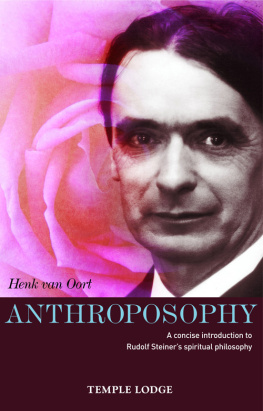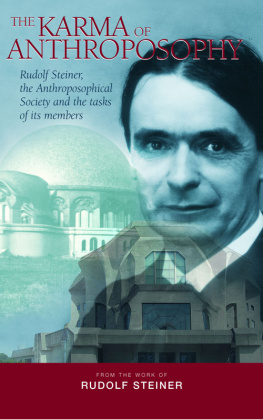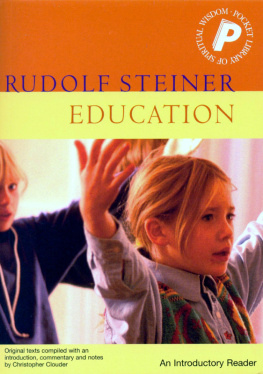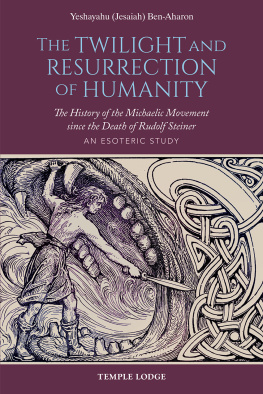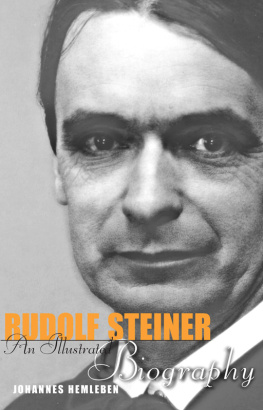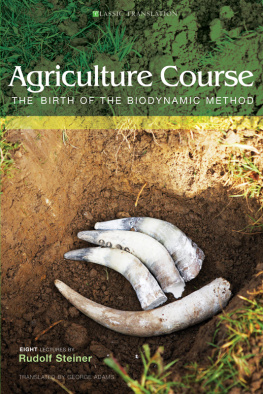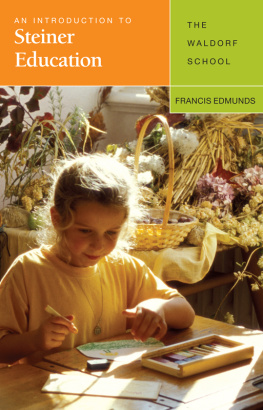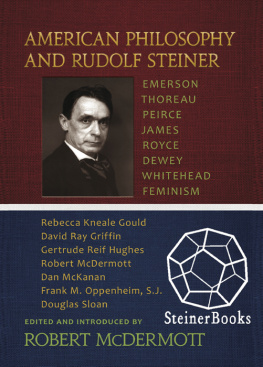HENK VAN OORT, born in 1943, trained as a primary teacher before taking a Masters degree in English at Amsterdam University. He has taught for 40 years in primary and secondary education, including class teaching in a Steiner school, teaching English, and running educational courses and seminars for teachers and parents. Henk van Oorts interest in literature and poetry has led to him appearing at storytelling and poetry seminars, and his introductory courses to anthroposophy have proved to be highly successful. Based in Bergen N.H. in the Netherlands, he is married and the father of three grown-up children.
Anthroposophy
A concise introduction to
Rudolf Steiners spiritual philosophy
Henk van Oort

Temple Lodge Publishing
Hillside House,
The Square Forest Row, RH18 5ES
www.templelodge.com
Published in English by Temple Lodge 2008
Originally published in Dutch under the title Antroposofie, Een kennismaking by Vrij Geestesleven, Zeist 2006
Henk van Oort / Uitgeverig Christofoor 2006
This translation Temple Lodge Publishing 2008
The moral right of the author has been asserted under the Copyright, Designs and Patents Act, 1988
All rights reserved. No part of this publication may be reproduced, stored in a retrieval system, or transmitted, in any form or by any means, electronic, mechanical, photocopying or otherwise, without the prior permission of the publishers
A catalogue record for this book is available from the British Library
ISBN 978 1 906999 70 4
Cover design by Andrew Morgan
Typeset by DP Photosetting, Neath, West Glamorgan
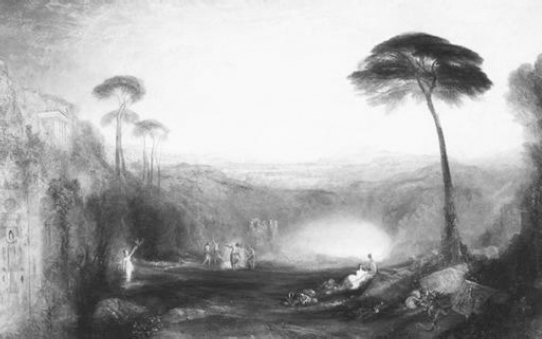
Prologue
Ovid (43 BCAD 18) describes in his Metamorphoses how Aeneas travels to the Sanctuary of Apollo at Cumae, not far from Naples in Italy, to gain access to the spiritual world in order to consult the soul of his deceased father. The Sibyl, one of the priestesses of Apollo who guard the sanctuary, shows Aeneas a Golden Bough which he is told to break off the tree. This Golden Bough will allow Aeneas to enter the spiritual world and there meet up with the spirit of his dead father. The scene has been beautifully depicted by the English painter William Turner (17751851). This oil painting is now to be seen in the Tate Britain gallery in London.
Following Aeneas visit many people also visited this remarkable spot in Italy. Amongst others, Hannibal, Tsar Nicholas I and Mussolinis wife: they all came to experience something of another world beyond the physical world, hoping to find an answer to the deepest questions life presents us with.
These same lines from Ovids Metamorphoses inspired James Frazer to write his famous book The Golden Bough, published in 1890. This work comprises 12 volumes and is an extraordinarily extensive collection of mythology, magic and religious ideas from all parts of the world.
This concise introduction to Rudolf Steiners anthroposophythe word itself means wisdom of manwould like to be a modern Golden Bough, a helping hand for readers in their search for the source and the aim of life on earth.
1. A Biography of Rudolf Steiner (18611925)
Early childhood
Rudolf Steiner was born on 27 February 1861, of Austrian parents, in the village of Kraljevec in present-day Croatia, then Hungary. His father was an employee of the national railways and worked in the village. Two days after his birth Rudolf Steiner was baptized into the Roman Catholic Church. Soon after, the family moved to Pottschach and after a short period of time they moved again, this time to the Hungarian village of Neudrfl, not far from Wiener-Neustadt.
In his childhood Steiner greatly enjoyed the mountains and the forests he was surrounded by. He also took an extraordinary interest in all technology related to trains and railway stations. After Rudolf, a son and a daughter were born into the family.
From a very early age Steiner was aware of the existence of two worlds: a visible and an invisible world. At the age of eight he had a clairvoyant experience in the waiting-room of the station in Pottschach, about which he did not dare to speak with anyone. The child did not know what to do with this experience, but it was the start of a rapidly developing inborn faculty.
When he was a pupil in primary education and could lay his hands on a geometry book, he recognized in that world also a kind of invisible realm. In Steiners Autobiography we can read:
Being able to grasp something in mere spiritual circumstances gave me an inner happiness. I know that I have experienced happiness for the first time through geometry.
And a little further on:
When at work with geometry I said to myself: here you are allowed to know something that only the soul experiences through its own power; in this feeling I found a justification to speak about the spiritual world much the same as I would do about the sensory world. (Chapters 2930.)
From 11 to 18
When 11 years of age, in 1872, Rudolf Steiner travelled every day to the Realschule in Wiener-Neustadt, sometimes on foot, sometimes by train. The child who was so familiar with nature found it rather difficult to get used to all the new impressions of life in a big town. Steiner, however, turned out to be an excellent pupil. He was not only interested in geometry, which may be demonstrated by his keen interest in Immanuel Kants Critique of Pure Reason which he bought in a pocket edition at the age of 14. From the age of 15 he coached fellow students and when he was 18 he passed his exams with credit, before becoming a student of the Technical High School in Vienna. Meanwhile he also studied all sorts of philosophical works. Because of his double perception of reality Steiner was confronted with a real problem:
To me a world full of spiritual beings was real. I took for granted that the human ego, which in itself is a spiritual entity, lives in a spiritual world. Nature, however, would not fit into this spiritual world. (From Steiners Autobiography, Chapter 30.)
Steiner was able to follow the ego of a deceased person when on its journey through the spiritual world between two lives. For a long time it remained a problem as to how he could combine this gift with his perception of the physical world.
Vienna Technical High School
In 1879 Steiner enrolled as a student at the Technical High School in Vienna. Amongst his teachers he encountered Karl Julius Schrer (German Literature) and Robert Zimmermann (Philosophy). The word anthroposophy derives from Robert Zimmermann. Karl Julius Schrer roused in Steiner an interest in Goethe. This same professor managed to save the Oberufer Christmas Plays from extinction. Steiner recognized the importance of these plays and until the present day they are being performed at Waldorf schools throughout the world.
Taking his PhD
On finishing his studies Steiner started working as a private teacher and in 1889, at the age of 28, he got a job at the Goethe and Schiller Archives. He edited a new edition of Goethes scientific writings. In 1891 he obtained his PhD from the University of Rostock. Subsequently his philosophical dissertation was published in a slightly altered version with the title Wahrheit and Wissenschaft (Truth and Science).

